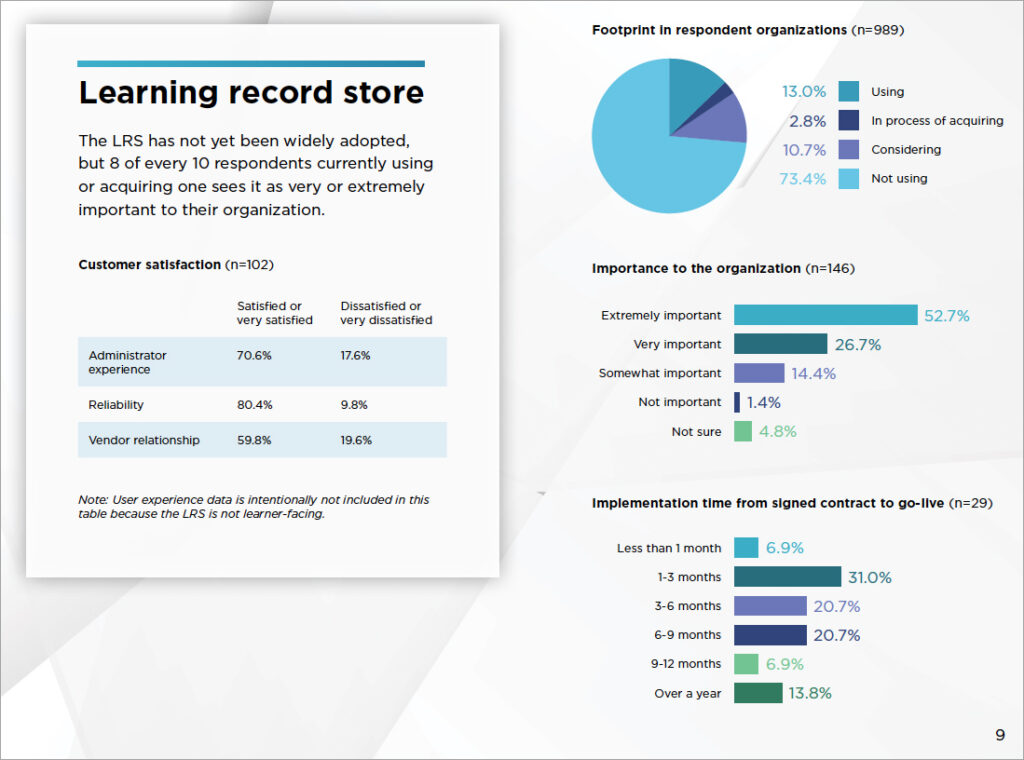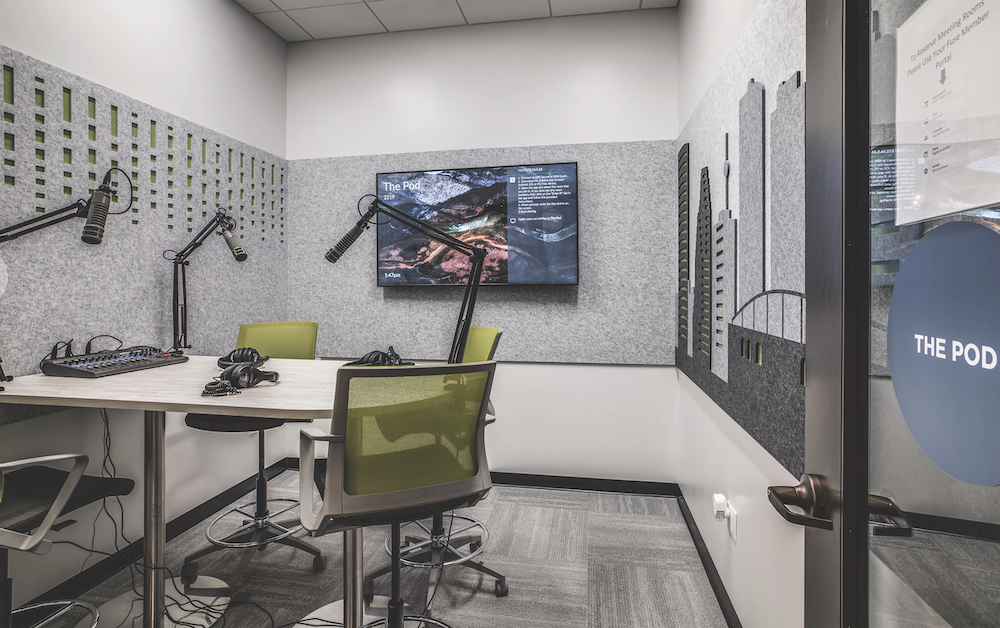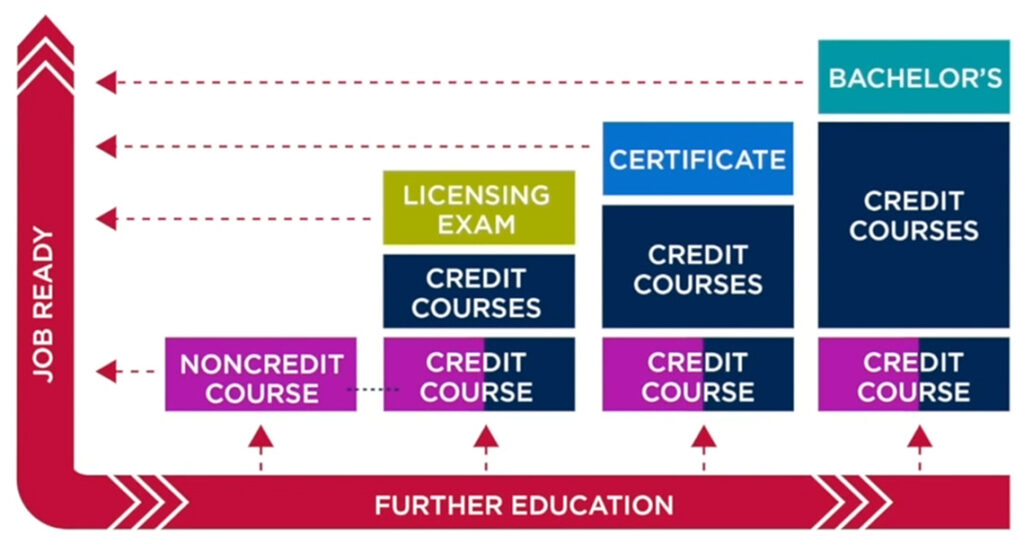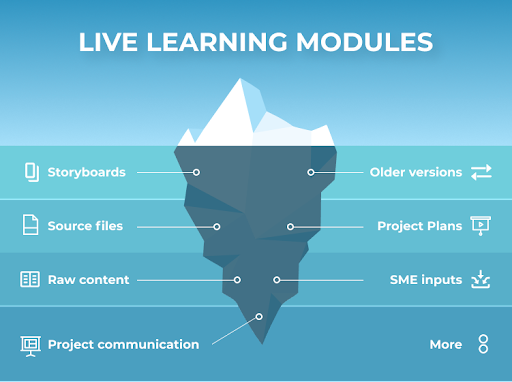AI research is a dumpster fire and Google’s holding the matches — from thenextweb.com by Tristan Greene
Scientific endeavor is no match for corporate greed
Excerpts:
The world of AI research is in shambles. From the academics prioritizing easy-to-monetize schemes over breaking novel ground, to the Silicon Valley elite using the threat of job loss to encourage corporate-friendly hypotheses, the system is a broken mess.
And Google deserves a lion’s share of the blame.
…
Google, more than any other company, bears responsibility for the modern AI paradigm. That means we need to give big G full marks for bringing natural language processing and image recognition to the masses.
It also means we can credit Google with creating the researcher-eat-researcher environment that has some college students and their big-tech-partnered professors treating research papers as little more than bait for venture capitalists and corporate headhunters.
But the system’s set up to encourage the monetization of algorithms first, and to further the field second. In order for this to change, big tech and academia both need to commit to wholesale reform in how research is presented and reviewed.
Also relevant/see:
Every month Essentials publish an Industry Trend Report on AI in general and the following related topics:
- AI Research
- AI Applied Use Cases
- AI Ethics
- AI Robotics
- AI Marketing
- AI Cybersecurity
- AI Healthcare
It’s never too early to get your AI ethics right — from protocol.com by Veronica Irwin
The Ethical AI Governance Group wants to give startups a framework for avoiding scandals and blunders while deploying new technology.
Excerpt:
To solve this problem, a group of consultants, venture capitalists and executives in AI created the Ethical AI Governance Group last September. In March, it went public, and published a survey-style “continuum” for investors to use in advising the startups in their portfolio.
The continuum conveys clear guidance for startups at various growth stages, recommending that startups have people in charge of AI governance and data privacy strategy, for example. EAIGG leadership argues that using the continuum will protect VC portfolios from value-destroying scandals.










 Podcasting studio at FUSE Workspace in Houston, TX.
Podcasting studio at FUSE Workspace in Houston, TX.


